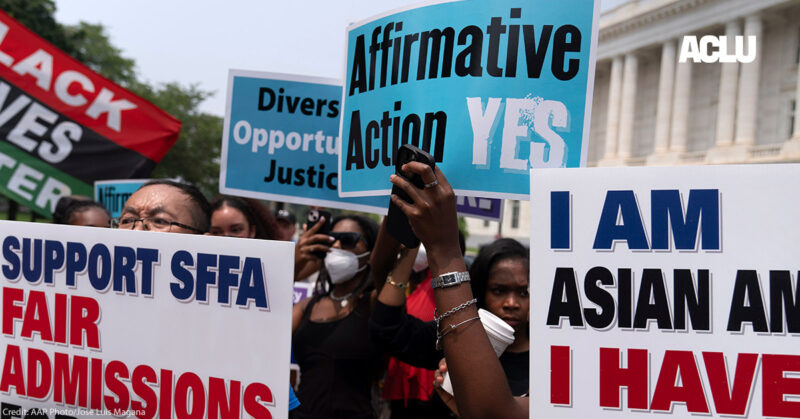The National Venture Capital Association (NVCA), an organization comprised of members representing both the interests of startups and venture capital firms, first developed the suite of agreements commonly referred to as the “NVCA forms” over a decade ago and have since adopted revised forms to reflect both changes in legislation and trends in the emerging company ecosystem. What hasn’t changed is the basic format substantive content of each of the following five primary documents; (1) Certificate of Incorporation; (2) Stock Purchase Agreement; (3) Investors’ Rights Agreement; (4) Voting Agreement; and (5) Right of First Refusal and Co-Sale Agreement. Below is a high-level summary of the NVCA forms and is not intended to capture the entire universe of provisions and issues addressed by the full text of such documents.
1. Certificate of Incorporation (Charter)
The only publicly filed of the five documents, the Charter sets forth the bedrock principles governing the Company, its founders, and investors. When a startup is first formed, the founders are usually the only shareholders and the company’s future is far from certain. At this point, the founders typically own 100% of the shares, most often comprised exclusively of common stock. Although unlikely, a sale of the company at this stage would be relatively simple, with each founder receiving their pro-rata interest in the price paid by the purchaser. Once the company accepts outside funding from, and issues of preferred stock to, third-party institutional investors like venture capital funds, this simple calculation gets more complicated.
One of the most important purposes of the Charter is to spell out in what order and how much each shareholder of the company will receive in connection with a sale or other liquidity event. The Charter will also set forth the relative rights of the preferred and common stockholders with respect to certain decisions pertaining to the company. Importantly, the Charter will also set forth the circumstances and necessary voting threshold to approve additional funding rounds which would further dilute both the preferred and common shareholders of the company.
Contact us to see if NVCA forms make sense for your business.
2. Stock Purchase Agreement (SPA)
The Stock Purchase Agreement sets forth the terms upon which new investors in the company will purchase preferred stock in return for cash consideration in an equity financing transaction. Among other things, the SPA will identify; (a) the number of shares of preferred stock being issued, (b) the purchase price per share of the preferred stock to be paid by the investors, (c) the representations and warranties of the company made to the investors; and (d) the conditions to be satisfied prior to the closing of the financing transaction.
3. Investors’ Rights Agreement (IRA)
Typically, the IRA includes provisions outlining rights with respect to; (a) registration rights (in connection with an initial or subsequent public offering); (b) preemptive rights, which provide for an investor to participate in a future financing round on a pro-rata basis; and (c) Information Rights which provide certain investors with access to periodic financial statements of the company.
4. Voting Agreement
The Voting Agreement primarily addresses; (a) the composition of the board of directors of the company and how such directors are elected and removed; and (b) drag-along rights, which provide a mechanism for which all shareholders are required to vote in favor and accept the terms of, a sale of the company approved by a specified majority of then-existing shareholders.
5. Right of First Refusal and Co-Sale Agreement (ROFR)
The ROFR sets forth the circumstances under which certain shareholders may sell their shares of stock to a third party. When a founder or other significant common stock shareholder (“Key Holders”) desires to sell some or all of its shares of stock in the company (the “Transfer Shares”), the ROFR requires three sequential steps to be taken; (a) first the Transfer Shares must be offered to the Company for purchase (b) if the Company does not exercise its right to purchase all of the Transfer Shares, the outside investors in the Company (“Investors”) of the company are afforded the right to purchase such Investor’s proportionate interest in the remaining Transfer Shares not purchased by the Company; and (c) if there are still any remaining unpurchased Transfer Shares, each Investor is entitled to sell a pro-rata percentage of its shares on the same terms offered by the selling Key Holder.
The NVCA forms described above are regularly negotiated by the company offering shares and the investors purchasing such shares (through their respective counsel). Having said this, the NVCA forms are the starting point in negotiation for definitive documents in the vast majority of investments by venture capital firms in early-stage companies seeking funding from institutional investors. In addition to providing a tried-and-true framework from which both sides have the opportunity to negotiate, the NVCA forms substantially reduce legal fees to a reasonable and predictable level, thereby increasing value to both sides.
Check out some of our latest publications.
- Client Update – Executive Order Upends Affirmative Action For Federal Contractors and Opens Door to False Claim Act Liability

- How to Find Venture Capital for Early-Stage Scaling Companies

- How to Find Angel Investors for Early-Stage Scaling Companies

- Corporate Transparency Act: Nationwide Injunction In Effect Again; All Filing Deadlines Suspended

- Are Statutory Changes Coming to the Common Law Experimental Use Exception to Patent Infringement?

- Foundational Financing Puzzle Pieces

